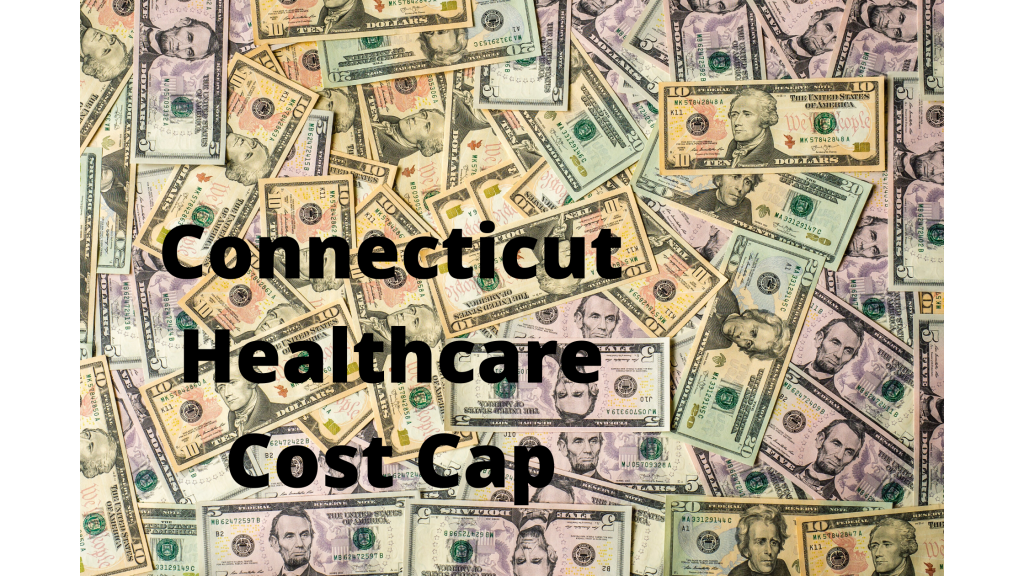OHS committee considering dumbing down successful PCMH standards

Among other troubling plans, the Office of Health Strategy’s Primary Care Subgroup is considering four options to certify high-performing primary care practices for higher levels of reimbursement. The committee is deciding how to double spending on primary care while simultaneously capping healthcare cost growth.
At their meeting this week, the committee of mainly primary care doctors and insurers chosen by OHS, considered four options for certification. Led by Bailit Health consultants and primary care providers on the committee, the group is considering abandoning the current, very successful Patient-Centered Medical Home (PCMH) recognition standards used in Connecticut and across the US, for three other, much weaker options including simple self-attestation by providers that they are doing a good job. Certification would be linked to increased revenue for primary care practices.
PCMHs are primary care practices that meet evidence-based standards of care to help keep people well by assessing needs, coordinating care, and giving people the skills and resources to maintain their own health. As a nurse manager explained to me, everything revolves around the patient in a PCMH. PCMHs are the best documented improvement in care delivery.
Currently, primary care practices must be recognized as a PCMH by a nationally certified nonprofit that is independent of providers and payers to earn higher payment rates. Since 2008, the independent nonprofit National Committee for Quality Assurance (NCQA) has been the national leader in PCMH certification. Doctors on the committee complained that NCQA recognition is just about “checking boxes” without any meaningful improvement in health but there is a mountain of evidence to the contrary. PCMH certification has been demonstrated to improve the quality of care (lower ER and hospital admissions), expand access to care, lower the total cost of care, and to narrow health disparities. PCMHs return between $2.50 and $4.50 in savings for each dollar invested. There is evidence that PCMH recognition is not a one-and-done achievement as performance improves the longer a practice has been recognized. PCMHs lower costs and unnecessary ED visits better than Accountable Care Organizations, the latest health policy trend.
Since Connecticut’s Medicaid program moved from private insurers running the program to a PCMH-based program, access to care is up, far more providers participate, the quality of care now rivals and, in some cases exceeds, commercial plans, and the state has saved billions of taxpayer dollars. As of April 30th of this year, 459,779 Connecticut Medicaid members were being cared for by 1,660 PCMH approved providers.
An attempt by primary care doctors in 2014 to move Connecticut Medicaid away from nationally-recognized PCMH recognition to a weaker state/provider-defined model were rejected based on the value of independent, evidence-based standards.
When asked by a primary care Subgroup committee member how many Connecticut primary care practices are currently certified, the consultant did not have an answer, but stated that it wasn’t 100%. Hopefully, the goal is to pay for value rather than lower the bar so that every primary care practice gets more funding regardless of performance. We already pay for far too much for low-value care.
The committee is also considering expanding primary care practices’ involvement in community health. This is despite growing evidence that medical institutions’ investments in addressing social determinants of health don’t work. Community health is not the expertise of medical entities which have earned growing mistrust, especially in underserved communities.
While PCMH recognition is not automatic, it is far from check boxes. It takes effort by practices to re-orient care around the best interests of patients. The current PCMH recognition system is working. OHS’s committee should remember to — First, do no harm.
Next month the committee will begin deciding on payment models for primary care.

